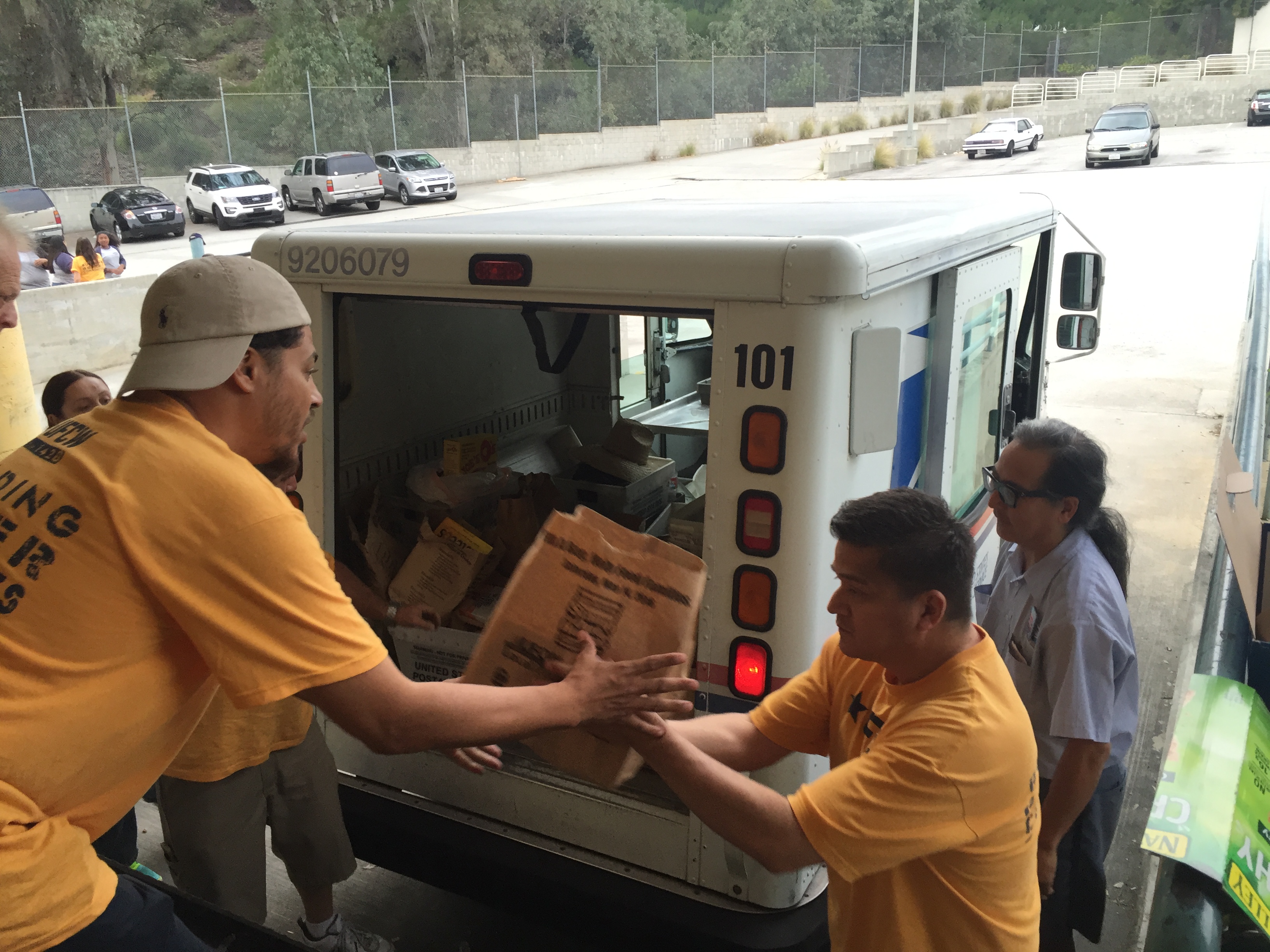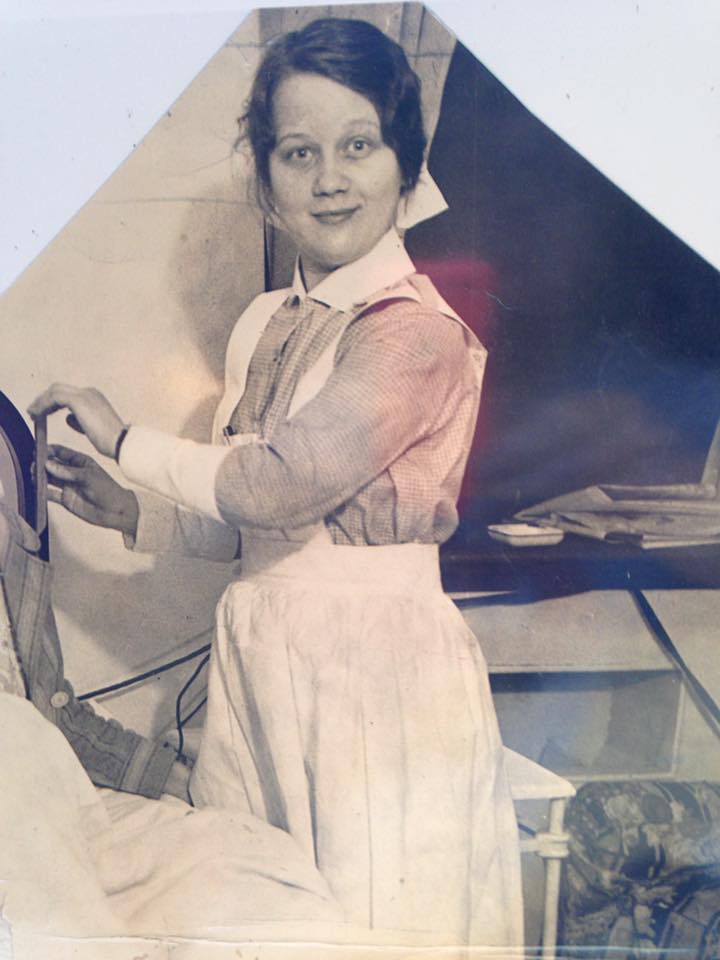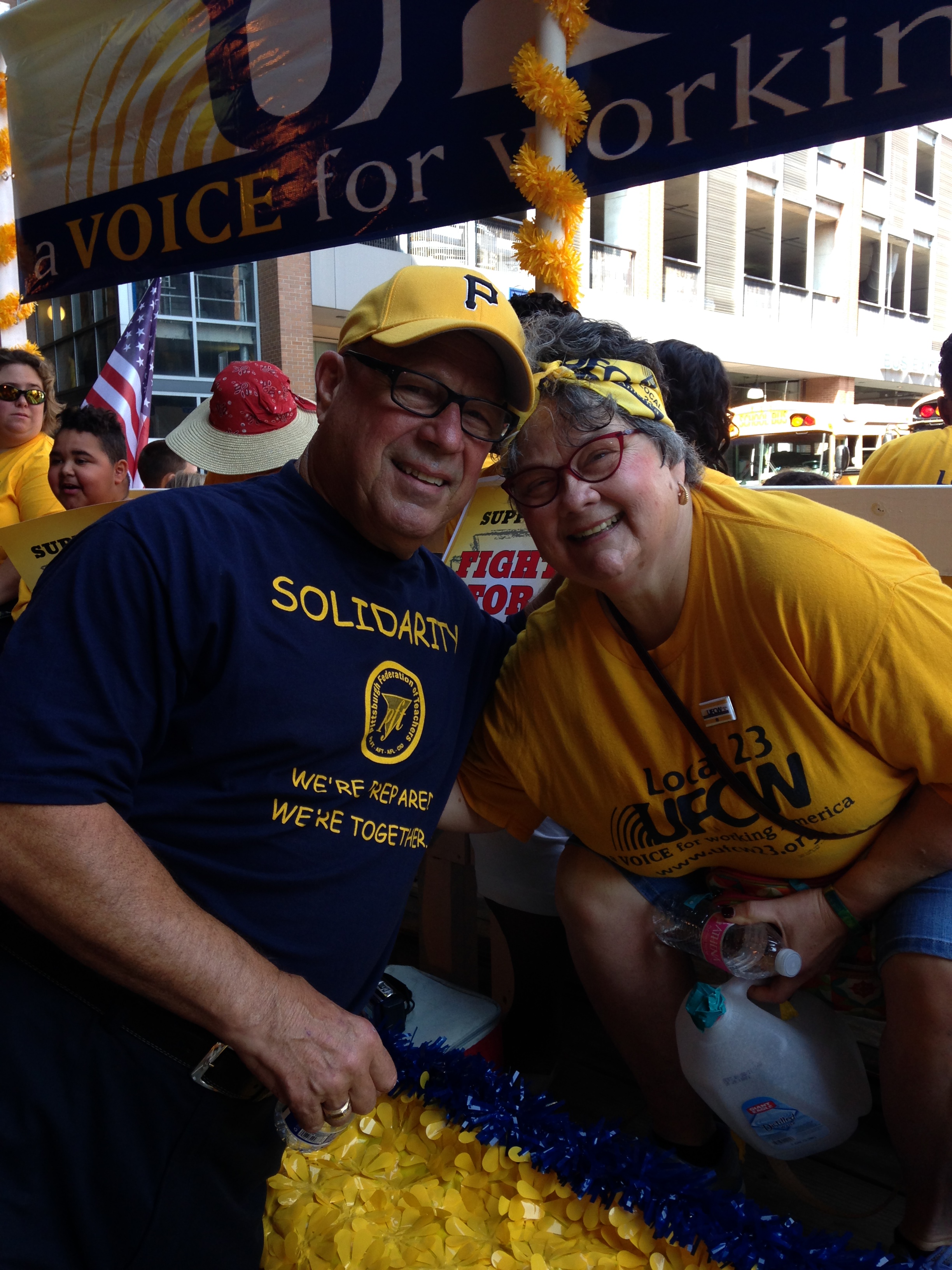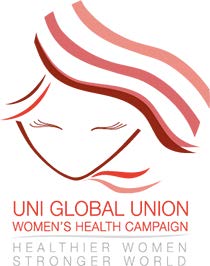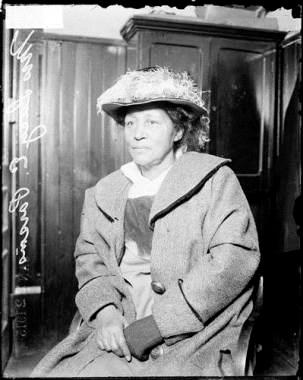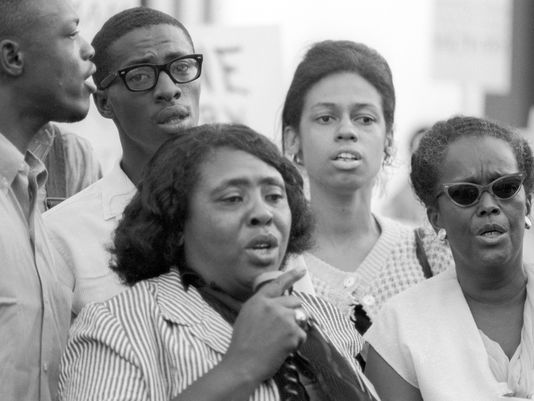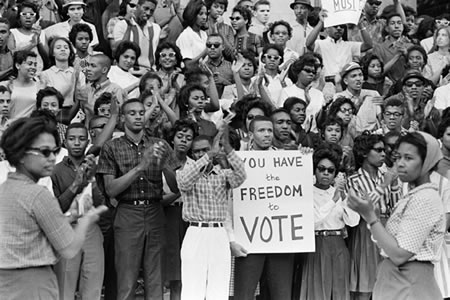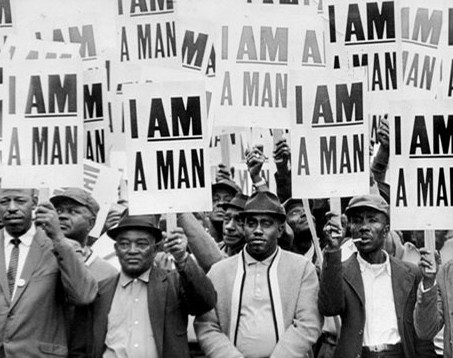May 10, 2016
UFCW Celebrates Asian American and Pacific Islander Heritage Month
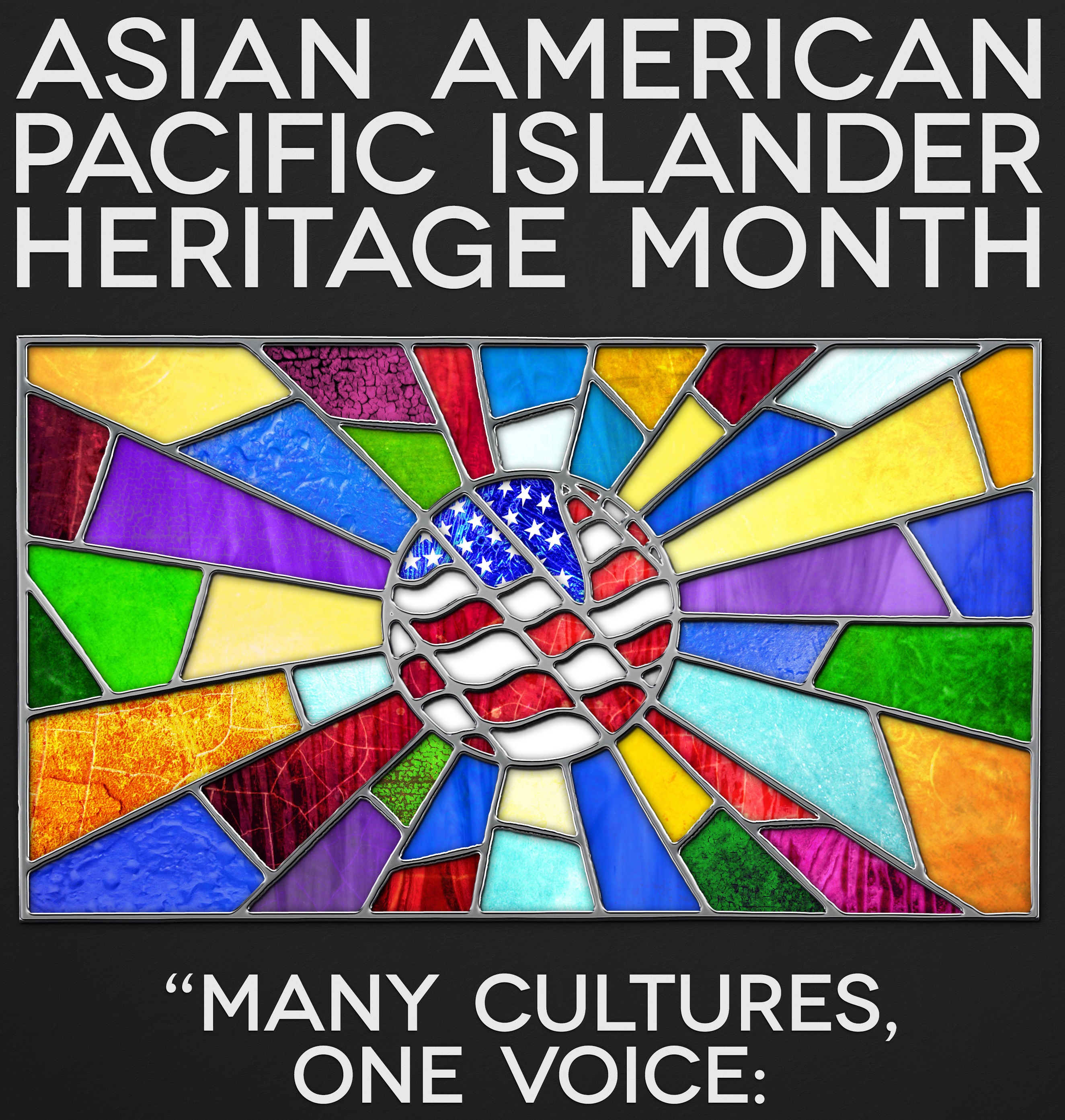 The month of May is Asian American and Pacific Islander Heritage Month, and provides us with an opportunity to pay tribute to Asian Americans and Pacific Islanders and their positive contributions to our country and communities.
The month of May is Asian American and Pacific Islander Heritage Month, and provides us with an opportunity to pay tribute to Asian Americans and Pacific Islanders and their positive contributions to our country and communities.
The origins of this celebration date back to 1977, when Representatives Frank Horton (R-NY) and Norman Y. Mineta (D-CA) introduced a resolution to proclaim the first ten days of May as Asian-Pacific Heritage Week. A similar bill was introduced in the Senate by Senators Daniel Inouye (D-HI) and Spark Matsunaga (D-HI). The month of May was chosen to commemorate two significant milestones: the arrival of the first Japanese immigrants to the U.S. on May 7, 1843, and the contributions of Chinese workers to the construction of the transcontinental railroad, which was completed on May 10, 1869.
President Jimmy Carter signed a joint resolution for the celebration in 1978, and President George H.W. Bush signed a bill to extend the celebration to the entire month of May in 1990.
Throughout the month, the UFCW will pay tribute to the culture and history of Asian Americans and Pacific Islanders and their positive impact on the labor movement. Do you have a story to share about your heritage and how the labor movement has played a role in your life during Asian American and Pacific Islander Heritage Month? Let us know here and we might share it on our blog and social media!
May 9, 2016
New Report Highlights Uneven Access to Paid Leave and Predictable Schedules
A new report by the Center for American Progress underscores the uneven access to paid leave and fair schedules in the American workforce and the need for legislation to address these issues.
Titled Who Gets Time Off? Predicting Access to Paid Leave and Workplace Flexibility, the report examines the schism between workers in higher paid jobs, who are more likely to have benefits such as paid leave and workplace flexibility, to lower- and middle-income workers, who are less likely to have access to these benefits. According to the report, nearly 40 million workers, or 39 percent of the workforce, still lack access to even a single paid sick day. In particular, hourly workers, workers with jobs in the service industry, and Latino workers are less likely to have access to paid sick days and other workplace benefits. Conversely, older workers, full-time workers, and workers with higher earnings are more likely to have access to employer provided paid sick days, workplace flexibility and predictable schedules.
More needs to be done to address the huge swath of American workers who are at the mercy of their employers and at risk of losing wages or being fired if they need time off to recover from an illness or care for a family member. While legislation has been introduced to address access to paid leave and workplace flexibility, it is still too slow and uneven to affect the majority of working families. Since 2002, only three states have passed laws to provide workers with access to paid family leave; 23 cities and five states have guaranteed workers the right to earned sick leave; and one city and one state have implemented policies to ensure that workers have access to fair schedules.
A full copy of the report can be found here.
May 5, 2016
UFCW Local 23 Member Pays Tribute to her Mom and the Values She Instilled
As we celebrate Mother’s Day throughout this week, we’re sharing the stories of #UFCWMoms, and of the mothers of members who want to share how great they are!
Today, Kathy Tarka, a member of UFCW Local 23, shared with us about her “Mummy.” Here’s what she had to say:
[aesop_quote type=”pull” background=”#282828″ text=”#ffffff” width=”30%” align=”right” size=”2″ quote=”Our family meant the world to my father and Mum. We weren’t wealthy by any means, but so very rich in love, discipline and respect. ” cite=”Kathy Tarka, UFCW Local 23 member” parallax=”on” direction=”left”]
“Meet my mother, Mary Julia Teslovich Tarka. Mummy was in her early 20s when this picture was taken in 1930 at West Penn Hospital in Pittsburgh, Pa. Mummy was the oldest of eight children and also a first generation American. Born in Donora, Pa., her parents both immigrated from the old Czech Republic. She married my father when she was 25 and he was 28. Considered and “old maid” in those days, Mum worked in the Brownsville (Pa.) Hospital for several years before being pulled to work in a private practice for a general surgeon. She worked for Dr. Vesely for almost five decades. Mum taught us the love of life, respect for all people, tremendous work ethics, and to persevere against all odds. Our family meant the world to my father and Mum. We weren’t wealthy by any means, but so very rich in love, discipline and respect. Mum passed away at 92. Her legacy lives on through their children, grandchildren and great grandchildren. She continues to give me strength daily. To have such a strong, loving, funny Mummy is the greatest gift I could ever want. How I love her.”
Kathy herself has a great story too. In her 60s, she was excited to finally become a union member as she accepted a part-time position at Giant Eagle supermarket. She enthusiastically embraced her union membership by participating in actions, community service projects and by working with the local as a SPUR to elect three union-endorsed Supreme Court Justices in Pennsylvania last fall. Kathy’s brother, John Tarka, also retired as president of the Pittsburgh Federation of Teachers in 2011 after a 43-year career as a teacher and union leader.
May 5, 2016
Mother of Local 1776 Member Fights to Honor His Memory and End Violence
[aesop_quote type=”pull” background=”#282828″ text=”#ffffff” width=”30%” align=”right” size=”2″ quote=”This Mother’s Day, let’s honor selfless mothers like Catherine and call for an end to the devastating violence that plagues our communities, so no more mothers will suffer the senseless loss of a child. ” cite=”Wendell Young, Local 1776 President ” parallax=”on” direction=”left”]
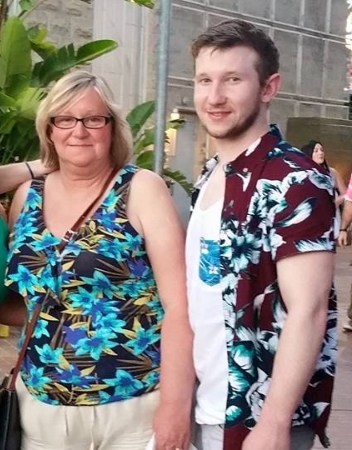 Catherine Kelly is the mother of former UFCW Local 1776 Acme Markets member Ryan Kelly. Ryan was tragically killed on his way home from work one evening in a random act of violence. Ryan was a hard-working, kind man who went above and beyond in the workplace. Since his sudden death, his mother Catherine works hard to keep his name alive and fight against the senseless violence that plagues so many communities. Local 1776 has been sharing the story of Catherine in honor of her son’s memory.
Catherine Kelly is the mother of former UFCW Local 1776 Acme Markets member Ryan Kelly. Ryan was tragically killed on his way home from work one evening in a random act of violence. Ryan was a hard-working, kind man who went above and beyond in the workplace. Since his sudden death, his mother Catherine works hard to keep his name alive and fight against the senseless violence that plagues so many communities. Local 1776 has been sharing the story of Catherine in honor of her son’s memory.
Each month, Local 1776 partners with a popular local rock radio station, 102.9 WGMK, to highlight a “member of the month” during the station’s broadcasting. As Mother’s Day is this month, the local chose to highlight Catherine and Ryan. While Catherine herself is not a UFCW member, she has been floored by the outpouring of support from UFCW members and Local 1776 President Wendell Young. You can listen to President Young’s message about Catherine and Ryan below.
March 18, 2016
Women’s History Month: UFCW Celebrates the Life of Addie Wyatt
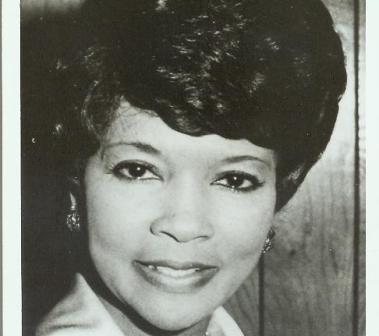 Women’s History Month gives us an opportunity to pay tribute to Addie Wyatt, who fought for workers’ rights during the height of the American Feminist Movement and changed the face of organized labor.
Women’s History Month gives us an opportunity to pay tribute to Addie Wyatt, who fought for workers’ rights during the height of the American Feminist Movement and changed the face of organized labor.
Addie Loraine Cameron, better known as Addie L. Wyatt (1924 –2012), was born in Mississippi and moved to Chicago with her family in 1930. When she was 17 years old, she married Claude S. Wyatt, Jr.
She began working in the meatpacking industry in 1941. Although she applied for a job as a typist for Armour and Company, African American women were barred from holding clerical positions and she was sent to the canning department to pack stew in cans for the army. Due to a contract between Armour and the United Packinghouse Workers of America (UPWA), she earned more working on the packinghouse floor canning stew than she would have made working as a typist, and joined the UPWA after learning that the union did not discriminate against its members.
In 1953, she was elected vice president of UPWA Local 56. In 1954, she became the first woman president of the local, and was soon tapped to serve as an international representative. She held this position through the 1968 merger of UPWA and the Amalgamated Meat Cutters and Butcher Workmen until 1974, when she became director of the newly formed Women’s Affairs Department. In 1970s, she became the first female international vice president in the history of the Amalgamated Meat Cutters and Butcher Workmen and later served as director of its Human Rights and Women’s Affairs and Civil Rights Departments. She served as the first female African American international vice president of the UFCW after Amalgamated and the Retail Clerks International Union merged in 1979.
She and her husband were ordained ministers and founded the Vernon Park Church of God in Chicago. She played an integral role in the civil rights movement, and joined Dr. Martin Luther King, Jr. in major civil rights marches, including the March on Washington, the march from Selma to Montgomery, Alabama, and the demonstration in Chicago. She was one of the founders of the Coalition of Labor Union Women, the country’s only national organization for union women. She was also a founding member of the Coalition of Black Trade Unionists and the National Organization of Women.
In 1984, Addie Wyatt retired from the labor movement as one of its highest ranked and most prominent African American and female officials. In honor of her work, she was named one of Time magazine′s Women of the Year in 1975, and one of Ebony magazine′s 100 most influential black Americans from 1980 to 1984. The Coalition of Black Trade Unionists established the Addie L. Wyatt Award in 1987. She was inducted into the Department of Labor’s Hall of Honor in 2012.
March 8, 2016
UNI Global Union Launches New Campaign on International Women’s Day
Today is International Women’s Day, a time to celebrate the social, economic, cultural and political achievements of women. In the spirit of this year’s International Women’s Day theme, “Pledge for Parity,” UNI Global Union is launching a new Equal Opportunities Campaign on Women’s Health.
The purpose of the campaign is to raise awareness on issues that affect women’s health, including cancer, HIV/AIDS, maternal and reproductive health and mental illnesses. In spite of the advances in healthcare that have been made over the last few decades, gender roles continue to place women at a disadvantage. Since women represent half of the world’s population, the well-being of women will have a direct impact on our families, communities and quality of life. For more information about the campaign, visit http://en.uni-womens-health.org/.
March 5, 2016
March is Women’s History Month! Here’s your Women in Labor History Primer
Similar to Black History, Women’s History Month is celebrated in order to promote the significant contributions women have made to the labor movement and beyond, that are often left out of the history lessons taught in our classrooms or promoted in society.
The following women are just some of the major players who have had a major role in the fight for equal rights, who made (and are still making) history by exposing horrible labor conditions and acted to change them, and inspired a generation of activists and leaders today. But before you take a look, we know that all the women in our union family are making a difference today too, and we want to share your stories. Tell us about your union story here, and we might feature it on our blog!
*the following is adapted from the Zinn Education Project*
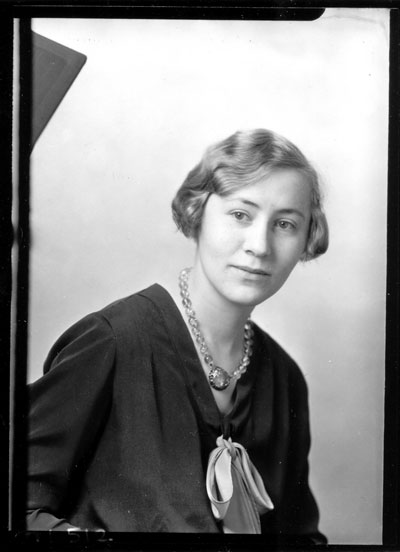 Louise Boyle
Louise Boyle
Photographer Louise Boyle is best known for the images she captured, documenting the devastating effects of the Great Depression on American workers. In 1937, at the height of a wave of labor militancy, Ms. Boyle was invited to photograph the living and working conditions of the Southern Tenant Farmers’ Union members from several Arkansas communities. Her provocative recording depicted courageous people linking their futures together despite devastating poverty, physical hardship, and brutal police-endorsed reprisals. Most portray African American farmers in their homes, at union meetings and rallies, or at work with their families picking cotton. Boyle returned in 1982 to rephotograph some of the people and places she had documented earlier.
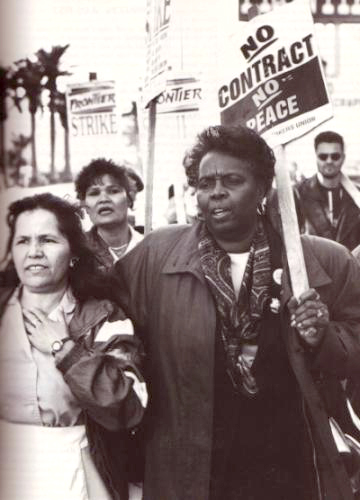 Hattie Canty
Hattie Canty
A Las Vegas transplant in rural Alabama, legendary African American unionist Hattie Canty was one of the greatest strike leaders in U.S. history. Her patient leadership helped knit together a labor union made up of members from 84 nations. During her time as an activist, she saw first hand how the labor and civil rights movements were intrinsically linked: “Coming from Alabama, this seemed like the civil rights struggle…the labor movement and the civil rights movement, you cannot separate the two of them.”
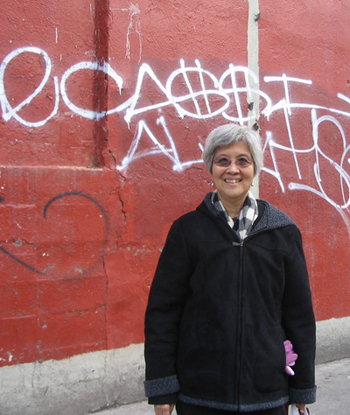 May Chen
May Chen
In 1982, May Chen helped organize and lead the New York Chinatown strike of 1982, one of the largest Asian American worker strikes with about 20,000 garment factory workers marching the streets of Lower Manhattan demanding work contracts. “The Chinatown community then had more and more small garment factories,” she recalled. “And the Chinese employers thought they could play on ethnic loyalties to get the workers to turn away from the union. They were very, very badly mistaken.” Most of the protests included demands for higher wages, improved working conditions and for management to observe the Confucian principles of fairness and respect. By many accounts, the workers won. The strike caused the employers to hold back on wage cuts and withdraw their demand that workers give up their holidays and some benefits. It paved the way for better working conditions such as hiring bilingual staff to interpret for workers and management, initiation of English-language classes and van services for workers.
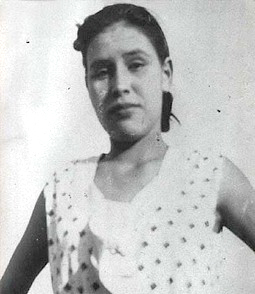 Jessie de la Cruz
Jessie de la Cruz
A field worker since the age of five, Jessie knew poverty, harsh working conditions, and the exploitation of Mexicans and all poor people. Her response was to take a stand. She joined the United Farm Workers union in 1965 and, at Cesar Chavez’s request, became its first woman recruiter. She also participated in strikes, helped ban the crippling short-handle hoe, became a delegate to the Democratic National Convention, testified before the Senate, and met with the Pope. She continued to be a political activist until her death in 2013, at the age of 93.
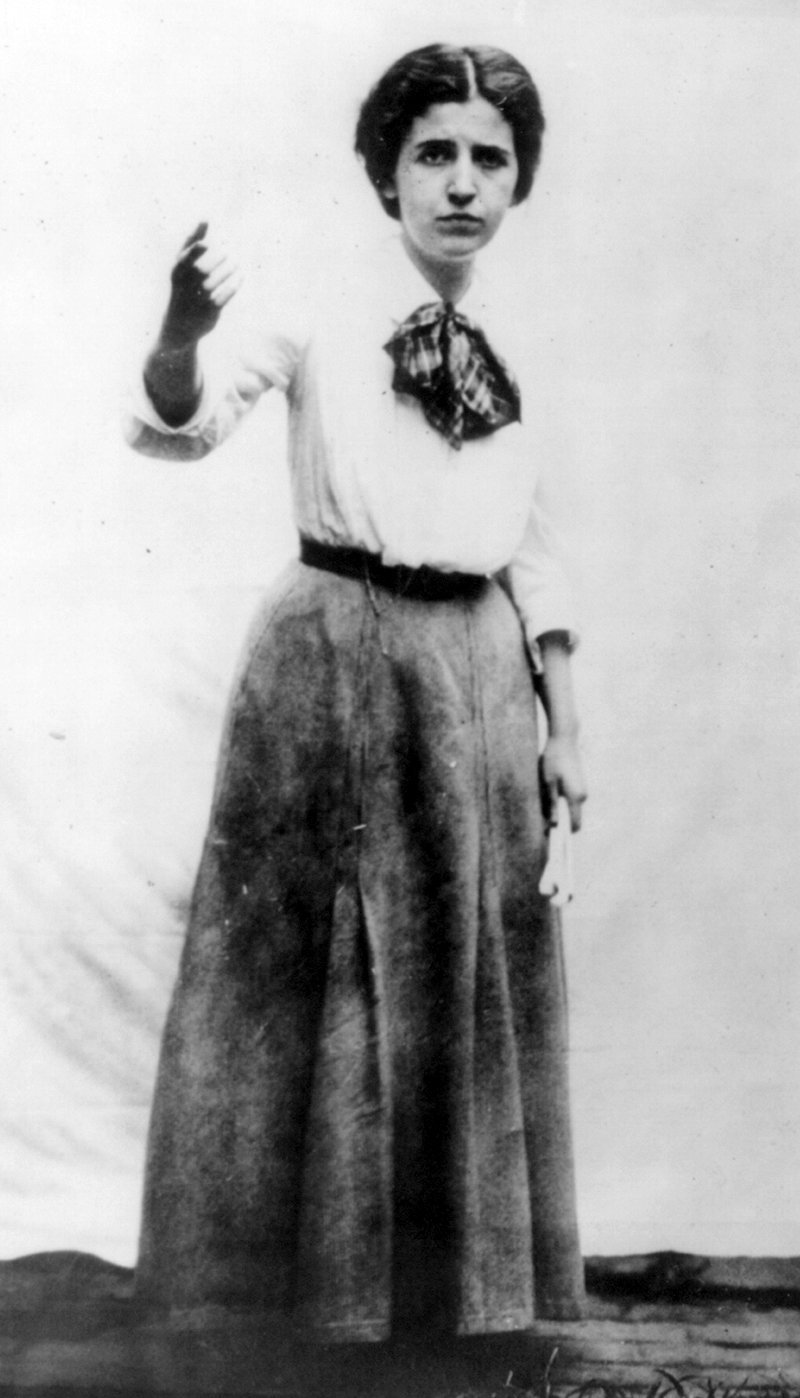 Elizabeth Gurley Flynn
Elizabeth Gurley Flynn
Elizabeth Gurley Flynn once said, “I will devote my life to the wage earner. My sole aim in life is to do all in my power to right the wrongs and lighten the burdens of the laboring class.” In 1907, Elizabeth Gurley Flynn became a full-time organizer for the Industrial Workers of the World and in 1912 traveled to Lawrence, MA during the Great Textile Strike. She became “the strike’s leading lady.”
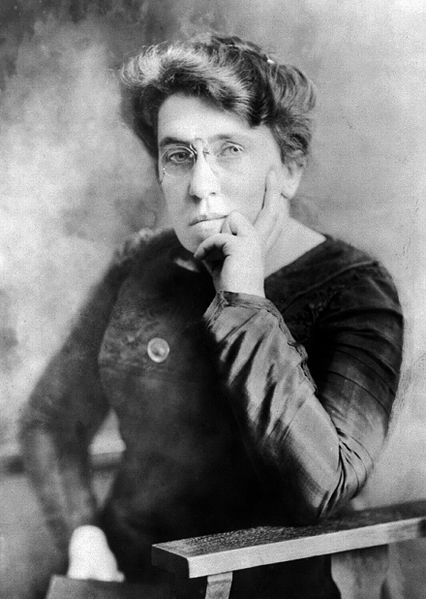 Emma Goldman
Emma Goldman
In 1886, year after her arrival from Lithuania, Emma Goldman was shocked by the trial, conviction, and execution of labor activists falsely accused of a bombing in Chicago’s Haymarket Square, which she later described as “the events that had inspired my spiritual birth and growth.” A born propagandist and organizer, Emma Goldman championed women’s equality, free love, workers’ rights, free universal education regardless of race or gender, and anarchism. For more than thirty years, she defined the limits of dissent and free speech in Progressive Era America. Goldman died on May 14, 1940, and buried in Forest Park, Illinois amongst the labor activists that first sparked her life’s work as an activist. Throughout her career, she fought against the corporate powers that tried to dehumanize the people that worked for them: “Still more fatal is the crime of turning the producer into a mere particle of a machine, with less will and decision than his master of steel and iron. Man is being robbed not merely of the products of his labor, but of the power of free initiative, of originality, and the interest in, or desire for, the things he is making.”
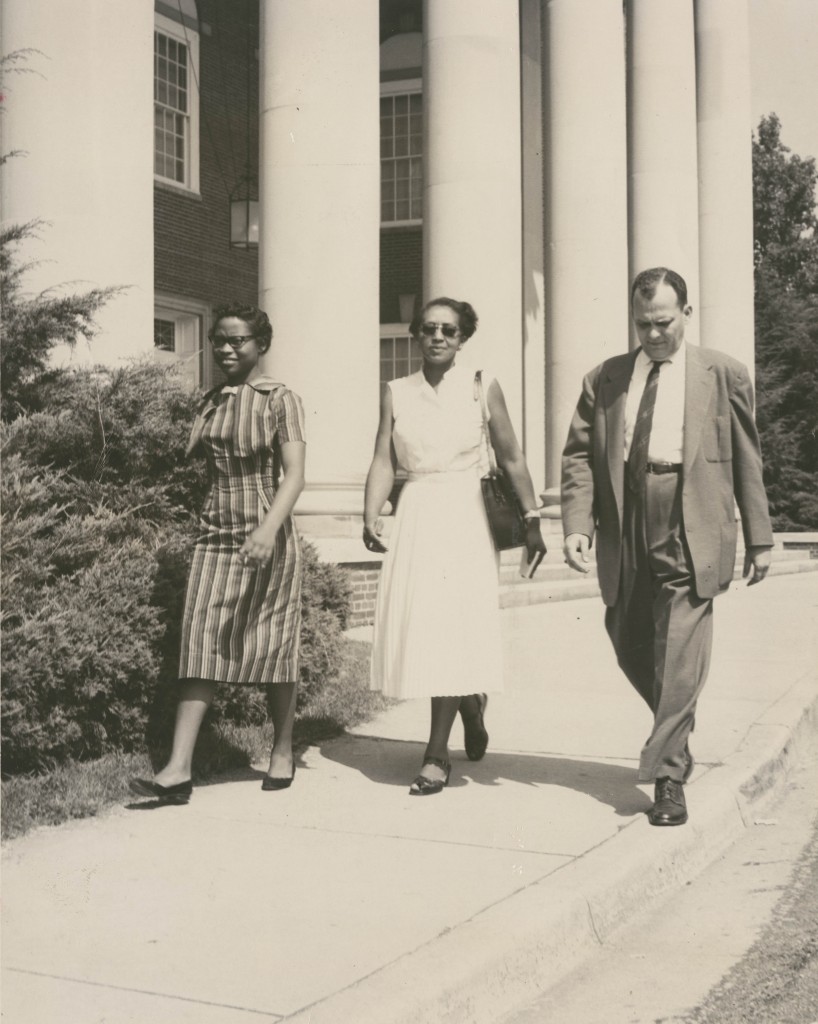 Velma Hopkins
Velma Hopkins
Velma Hopkins helped mobilize 10,000 workers into the streets of Winston-Salem, NC, as part of an attempt to bring unions to R.J. Reynolds Tobacco Company. The union, Local 22 of the Food, Tobacco, Agricultural and Allied Workers of America-CIO, was integrated and led primarily by African American women. They pushed the boundaries of economic, racial and gender equality. In the 1940s, they organized a labor campaign and a strike for better working conditions, pay, and equal rights under the law. It was the only time in the history of Reynolds Tobacco that it had a union. Before Local 22 faced set-backs from red-baiting and the power of Reynolds’ anti-unionism, it gained national attention for its vision of an equal society. This vision garnered the scrutiny of powerful enemies such as Richard Nixon and captured the attention of allies such as actor Paul Robeson and songwriter Woody Guthrie. While it represented the workers, the union influenced a generation of civil rights activists.
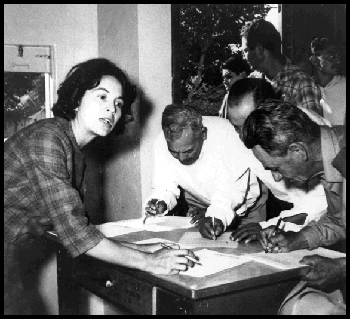 Dolores Huerta
Dolores Huerta
Before becoming a labor organizer, Dolores Huerta was a grammar school teacher, but soon quit after becoming distraught at the sight of children coming to school hungry or without proper clothing. “I couldn’t stand seeing kids come to class hungry and needing shoes. I thought I could do more by organizing farm workers than by trying to teach their hungry children.” In 1955, Huerta launched her career in labor organizing by helping Fred Ross train organizers in Stockton, California, and five years later, founded the Agricultural Workers Association before organizing the United Farm Workers with Cesar Chavez in 1962. Some of her early victories included lobbying for voting rights for Mexican Americans as well as for the right of every American to take the written driver’s test in their native language. A champion of labor rights, women’s rights, racial equality and other civil rights causes, Huerta remains an unrelenting figure in the farm workers’ movement.
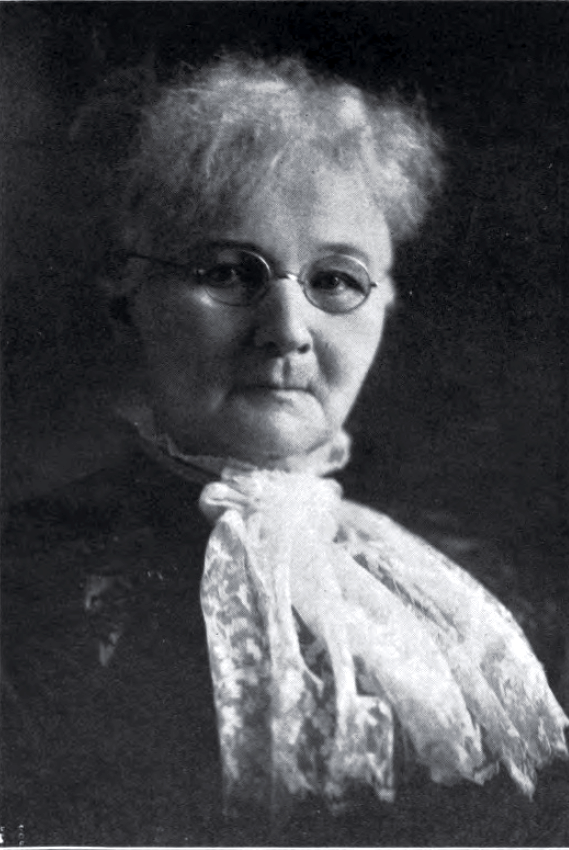 Mother Jones
Mother Jones
Marry Harris “Mother” Jones made it her mission to stand up for the rights of the children who worked in factories and mills under horrible conditions in the early 1900’s. “I asked the newspaper men why they didn’t publish the facts about child labor in Pennsylvania. They said they couldn’t because the mill owners had stock in the papers.” “Well, I’ve got stock in these little children,” said I,” and I’ll arrange a little publicity.” On July 7, 1903, Jones began the “March of the Mill Children” from Philadelphia to President Theodore Roosevelt’s Long Island summer home in Oyster Bay, NY, to publicize the harsh conditions of child labor and to demand a 55-hour work-week. During this march she delivered her famed “The Wail of the Children” speech, even though Roosevelt refused to see them.
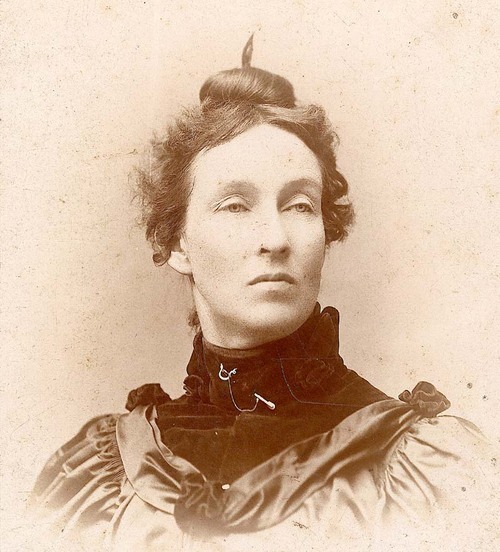 Mary Lease
Mary Lease
“Wall Street owns the country. It is no longer a government of the people, by the people, and for the people, but a government of Wall Street, by Wall Street, and for Wall Street.” These words, which eerily echo some sentiments today, were spoken more than 120 years ago by Mary Lease, a powerful voice of the agrarian crusade and the best-known orator of the era, first gaining national attention battling Wall Street during the 1890 Populist campaign. As a spokesperson for the “people’s party,” she hoped that by appealing directly to the heart and soul of the nation’s farmers, she could motivate them to political action to protect their own interests not only in Kansas but throughout the United States. “You may call me an anarchist, a socialist, or a communist, I care not, but I hold to the theory that if one man as not enough to eat three times a day and another man has $25,000,000, that last man has something that belongs to the first.” Mary spent most of her life speaking out in favor of social justice causes including women’s suffrage and temperance, and her work reflected the multifaceted nature of late nineteenth-century politics in the United States. Many female leaders today, such as Elizabeth Warren, still fight against Wall Street and the 1% as inequality has reached exorbitant levels.
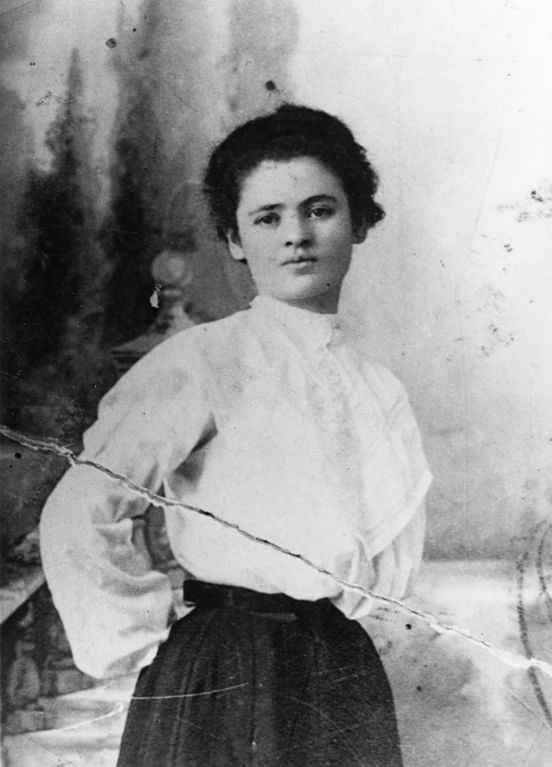 Clara Lemlich
Clara Lemlich
“I have listened to all the speakers, and I have no further patience for talk. I am a working girl, one of those striking against intolerable conditions. I am tired of listening to speakers who talk in generalities. What we are here for is to decide whether or not to strike. I make a motion that we go out in a general strike.” These were the words of Clara Lemlich, a firebrand who led several strikes of shirtwaist makers and challenged the mostly male leadership of the union to organize women garment workers. With support from the National Women’s Trade Union League (NWTUL) in 1909 she lead the New York shirtwaist strike, also known as the “Uprising of the 20,000”. It was the largest strike of women at that point in U.S. history. The strike was followed a year later by the Triangle Shirtwaist Factory Fire that exposed the continued plight of immigrant women working in dangerous and difficult conditions.
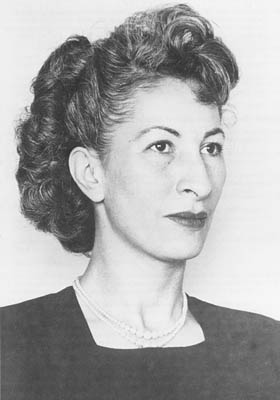 Luisa Moreno
Luisa Moreno
Luisa Moreno, a Guatemalan immigrant, first got involved in labor activism in 1930 at in Zelgreen’s Cafeteria in New York City, when she and her co-worker protested the employer’s exploitation of its workers with long hours, constant sexual harassment, and the threat, should anyone object, of dismissal. Hearing that workers would picket the cafeteria, police formed a line on the sidewalk that allowed customers to pass through. Luisa, in a fur collar coat, strolled through the cordon of policemen as if she was going to enter the cafeteria. When she was directly in front of the door she pulled a picket sign from under her coat and thrust it in plain view, yelling, “Strike!” Two burly policemen grabbed her by the elbows. They lifted her off the sidewalk and hustled her into the entrance way of a nearby building. She came out with her face bleeding and considered herself fortunate that she was not disfigured. Moreno spent the next 20 years organizing workers across the country. Her story serves as a reminder of just how dangerous the conditions were in those days to simply make one’s voice heard, but her bravery helped change those conditions for the better.
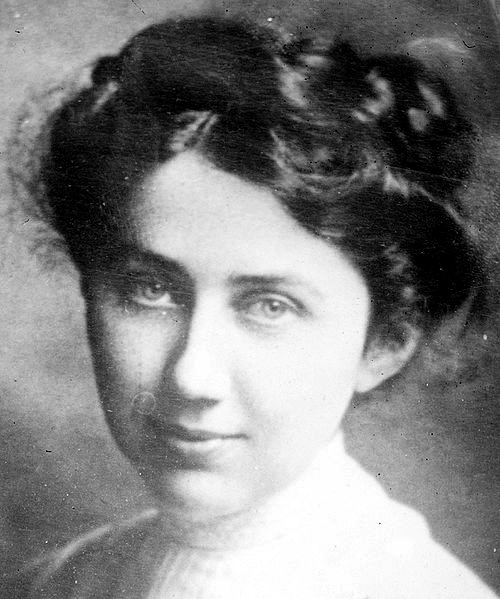 Agnes Nestor
Agnes Nestor
“Any new method which the company sought to put into effect and disturb our work routine seemed to inflame the deep indignation already burning inside us. Thus, when a procedure was suggested for subdividing our work, so that each operator would do a smaller part of each glove, and thus perhaps increase the overall production—but also increase the monotony of the work, and perhaps also decrease our rate of pay—we began to think of fighting back.” This reminiscence by Nestor described how the oppressive conditions of the glove factory pushed her to take a leading role in a successful strike of female glove workers in 1898. Soon she became president of her glove workers local and later a leader of the International Glove Workers Union. She also took a leading role in the Women’s Trade Union League, serving as president of the Chicago branch from 1913 to 1948.
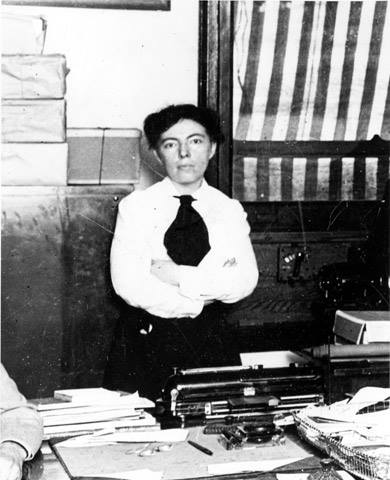 Pauline Newman
Pauline Newman
Pauline Newman, a Russian immigrant, began working at the Triangle Shirtwaist Factory in 1903 when she was thirteen years old. Finding that many of her co-workers could not read, she organized an evening study group where they also discussed labor issues and politics. Newman was active in the shirtwaist strike and the Women’s Trade Union League. She became a union organizer for the International Ladies’ Garment Workers’ Union (ILGWU) and director of the ILGWU Health Center. “All we knew was the bitter fact that after working 70 or 80 hours in a seven-day week, we did not earn enough to keep body and soul together,” she said.
Lucy Parsons
On May 1, 1886, Lucy Parsons helped launched the world’s first May Day and the demand for the eight-hour work day. Along with her husband, anarchist and activist Albert Parsons, and their two children, they led 80,000 working people down the Chicago streets and more than 100,000 also marched in other U.S. cities. A new international holiday was born. Parsons went on to help found the International Workers of the World, continued to give speeches, and worked tirelessly for equality throughout the rest of her life until her death in 1942.
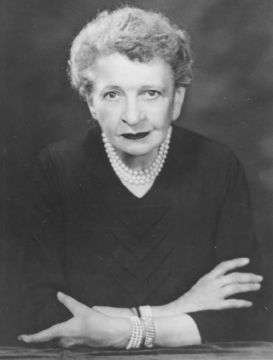 Frances Perkins
Frances Perkins
On March 4, 1933, Frances Perkins became the U.S. Secretary of Labor from 1933 to 1945, and the first woman appointed to the U.S. Cabinet. Having personally witnessed workers jump to their death during the Triangle Shirtwaist fire, Perkins promoted and helped passed strong labor laws to try to prevent such atrocities from ever occurring again.
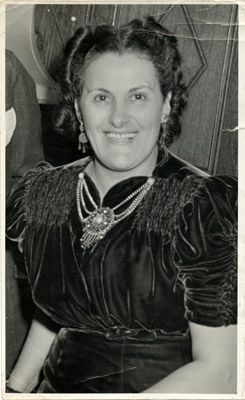 Rose Pesotta
Rose Pesotta
When Rose Pesotta arrived in Los Angeles in 1933 to organize employees in the garment industry, the workforce of which was 75% Latina, the local leadership of the International Ladies Garment Workers Union (ILGWU), consisting of mostly white men, had no interest in organizing female dressmakers, feeling that most would either leave the industry to raise their families or shouldn’t be working in the first place. On October 12, 1933, a month after Rose Pesotta arrived, 4,000 workers walked off the job and went on strike. Their demands included union recognition, 35-hour work weeks, being paid the minimum wage, no take home work or time card regulation, and for disputes to be handled through arbitration. The strike ended on Nov. 6 with mixed results, but the workers gained a 35-hour workweek and received the minimum wage. Although not a complete victory, the message sent was a powerful one. What Rose Pesotta knew all along was now clear to the garment bosses and her male union counterparts; women, specifically women of color, should not be discounted. When it came to the demands of dignity and respect, these workers would not be ignored.
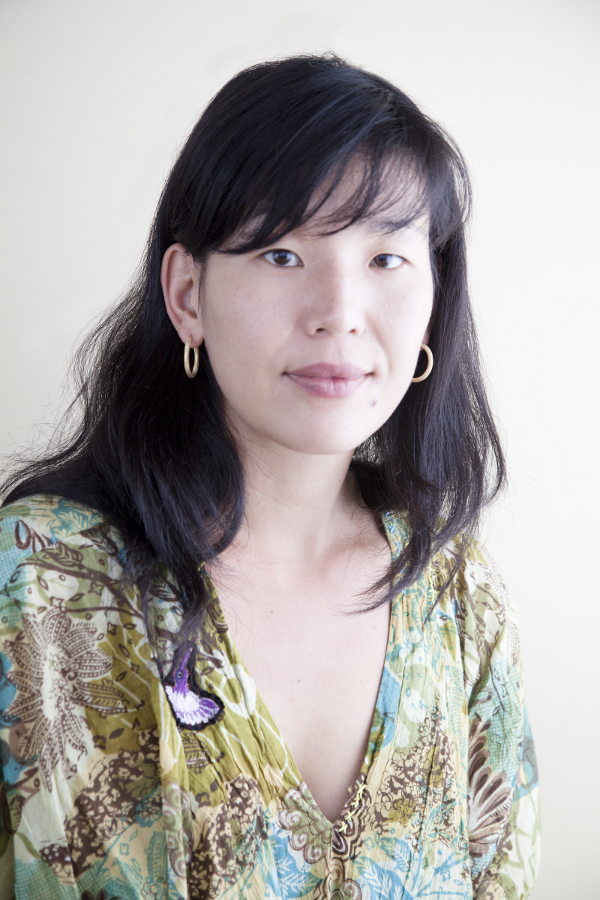 Ai-Jen Poo
Ai-Jen Poo
When Poo started organizing domestic workers in 2000, many thought she was taking on an impossible task. Domestic workers were too dispersed–spread out over too many homes. Even Poo had described the world of domestic work as the “Wild West.” Poo’s first big breakthrough with the National Domestic Workers Alliance (NDWA) happened on July 1, 2010, when the New York state legislature passed the Domestic Workers Bill of Rights. The bill legitimized domestic workers and gave them the same lawful rights as any other employee, such as vacation time and overtime pay. The bill was considered a major victory, and the NDWA expanded operations to include 17 cities and 11 states.
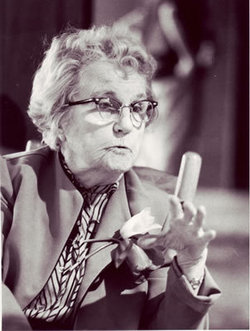 Florence Reece
Florence Reece
Florence Reece was an activist, poet, and songwriter. She was the wife of one of the strikers and union organizers, Sam Reece, in the Harlan County miners strike in Kentucky. In an attempt to intimidate her family, the sheriff and company guards shot at their house while Reece and her children were inside (Sam had been warned they were coming and escaped). During the attack, she wrote the lyrics to Which Side Are You On?, a song that would become a popular ballad of the labor movement.
Song Lyrics
CHORUS: Which side are you on? (4x)
My daddy was a miner/And I’m a miner’s son/And I’ll stick with the union/‘Til every battle’s won [Chorus]
They say in Harlan County/There are no neutrals there/You’ll either be a union man/Or a thug for JH Blair [Chorus]
Oh workers can you stand it?/Oh tell me how you can/Will you be a lousy scab/Or will you be a man? [Chorus]
Don’t scab for the bosses/Don’t listen to their lies/Us poor folks haven’t got a chance/Unless we organize [Chorus]
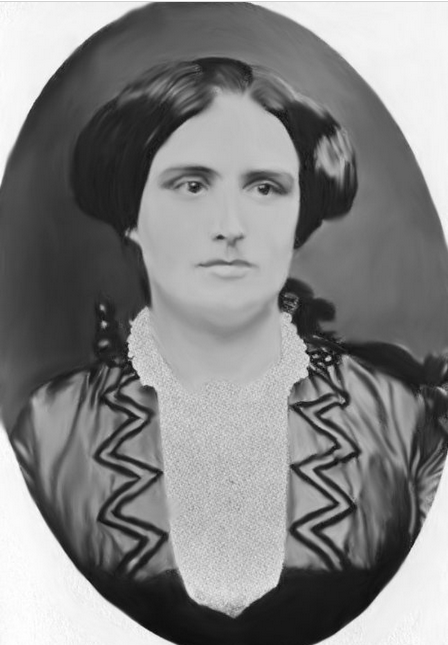 Harriet Hanson Robinson
Harriet Hanson Robinson
At the age of 10, Harriet Hanson Robinson got a job in textile Mills of Lowell, Massachusetts to help support her family. When mill owners dropped wages and sped up the pace of work, Harriet and others participated in the 1836 Lowell Mill Strike. Later as an adult, Harriet became an activist for women’s suffrage and would recount her mill work experience in Loom and Spindle or Life Among the Early Mill Girls. In her book, Harriet concludes: “Such is the brief story of the life of every-day working-girls; such as it was then, so it might be to-day. Undoubtedly there might have been another side to this picture, but I give the side I knew best–the bright side!”
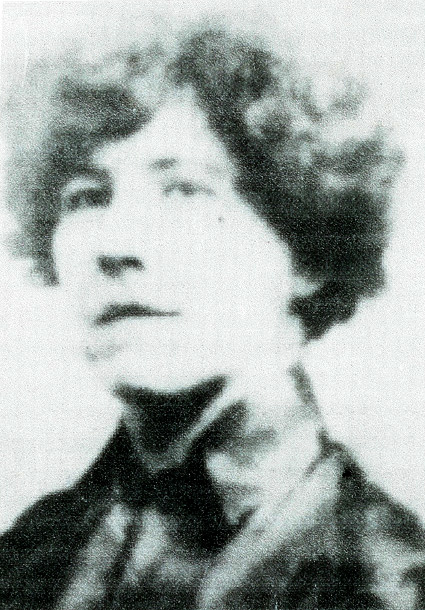 Fannie Sellins
Fannie Sellins
Fannie Sellins was known as an exceptional organizer that also made her “a thorn in the side of the Allegheny Valley coal operators.” The operators openly threatened to “get her.” After being an organizer in St. Louis for the United Garment Workers local and in the West Virginia coal fields, in 1916 Sellins moved to Pennsylvania, where her work with the miners’ wives proved to be an effective way to organize workers across ethnic barriers. She also recruited black workers, who originally came north as strikebreakers, into the United Mine Workers America. During a tense confrontation between townspeople and armed company guards outside the Allegheny Coal and Coke company mine in Brackenridge on August 26, 1919, Fannie Sellins and miner Joseph Strzelecki were brutally gunned down. A coroner’s jury and a trial in 1923 ended in the acquittal of two men accused of her murder. She is remembered for her perseverance and bravery.
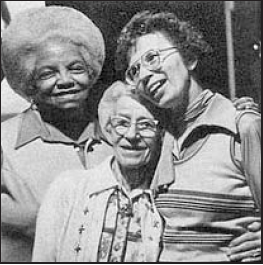 Vicky Starr
Vicky Starr
“When I look back now, I really think we had a lot of guts. But I didn’t even stop to think about it at the time. It was just something that had to be done. We had a goal. That’s what we felt had to be done, and we did it,” said “Stella Nowicki”, the assumed name of Vicki Starr, an activist who participated in the campaign to organize unions in the meatpacking factories of Chicago in the 1930’s and ‘40s.
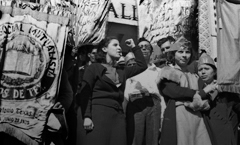 Emma Tenayuca
Emma Tenayuca
“I was arrested a number of times. I never thought in terms of fear. I thought in terms of justice,” said Emma Tenayuca, born in San Antonio, Texas on Dec. 21, 1916. Later, she would become to be known as “La Pasionaria de Texas” through her work as an educator, speaker, and labor organizer. From 1934–1948, she supported almost every strike in the city, writing leaflets, visiting homes of strikers, and joining them on picket lines. She joined the Communist Party and the Workers Alliance (WA) in 1936. Tenayuca and WA demanded that Mexican workers could strike without fear of deportation or a minimum wage law. In 1938 she was unanimously elected strike leader of 12,000 pecan shellers. Due to anti-Mexican, anti-Communist, and anti-union hysteria Tenayuca fled San Antonio for her safety but later returned as a teacher.
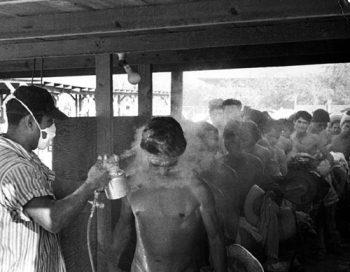 Carmelita Torres
Carmelita Torres
On Jan. 28, 1917, 17-year-old Carmelita Torres led the Bath Riots at the Juarez/El Paso border, refusing the toxic “bath” imposed on all workers crossing the border. Here is what the El Paso Times reported the next day: “When refused permission to enter El Paso without complying with the regulations the women collected in an angry crowd at the center of the bridge. By 8 o’clock the throng, consisting in large part of servant girls employed in El Paso, had grown until it packed the bridge half way across. “Led by Carmelita Torres, an auburn-haired young woman of 17, they kept up a continuous volley of language aimed at the immigration and health officers, civilians, sentries and any other visible American.”
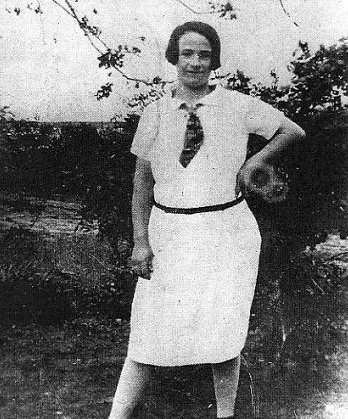 Ella Mae Wiggins
Ella Mae Wiggins
Ella Mae Wiggins was an organizer, speaker, and balladeer, known for expressed her faith in the union, the only organized force she had encountered that promised her a better life. On Sept. 14, 1929, during the Loray Mill strike in Gastonia, NC, Textile Workers Union members were ambushed by local vigilantes and a sheriff’s deputy. The vigilantes and deputy forced Ella Mae Wiggins’ pickup truck off the road, and murdered the 29 year-old mother of nine. Though there were 50 witnesses during the assault and five of the attackers were arrested, all were acquitted of her murder. After her death, the AFL-CIO expanded Wiggins’ grave marker in 1979, to include the phrase, “She died carrying the torch of social justice.” Also a song-writer, her best-known song, A Mill Mother’s Lament, was recorded by Pete Seeger, among others.
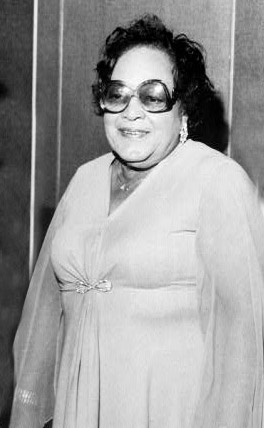 Sue Cowan Williams
Sue Cowan Williams
Sue Cowan Williams represented African-American teachers in the Little Rock School District as the plaintiff in the case challenging the rate of salaries allotted to teachers in the district based solely on skin color. The suit, Morris v. Williams, was filed on Feb. 28, 1942, and followed a March 1941 petition filed with the Little Rock School Board requesting equalization of salaries between black and white teachers. She lost the case, but then won in a 1943 appeal.
February 16, 2016
Black History Month: Honoring Fannie Lou Hamer
“Nobody’s free until everybody’s free.” —Fannie Lou Hamer
Black History Month provides us with an opportunity to pay tribute to Fannie Lou Hamer, a voting and civil rights activist who was instrumental in organizing Mississippi’s Freedom Summer for the Student Nonviolent Coordinating Committee (SNCC), and drawing national attention to the civil rights struggle in Mississippi at the 1964 Democratic National Convention.
Born to a family of sharecroppers in Mississippi in 1917, Fannie Lou Townsend started working in the cotton fields at the age of six. In 1944, she married Perry “Pap” Hamer, and the couple struggled to get by in rural Mississippi.
In 1962, her life changed when she decided to attend a protest meeting, where she met civil rights activists who were in Mississippi to register African Americans to vote. She became active in helping with the voter registration efforts, and became a SNCC field secretary in 1963. That same year, she attended a citizenship training school sponsored by the Southern Christian Leadership Conference in Charleston, South Carolina. On the bus trip back home, after stopping in Winona, Mississippi, Hamer was arrested with other activists after trying to be served at a cafe. She was brutally beaten in jail, and needed almost a month to recover from her near fatal injuries after her release.
In 1964, Hamer worked with the SNCC to organize the Freedom Summer voter registration drive in Mississippi. Later that year, Hamer and other civil rights activists established the Mississippi Freedom Democratic Party (MFDP) in order to fight for fair representation at the Democratic National Convention in Atlantic City, New Jersey. NAACP activist Aaron Henry headed the MFDP delegation, and Hamer served as vice chair.
At the convention, the MFDP lined up witnesses, including Dr. Martin Luther King, Jr., to testify before the convention’s credentials committee in order to gain seats at the convention. Hamer also testified and her testimony gained national attention. Hubert Humphrey, who would become the party’s candidate for Vice President, served as the liaison for President Johnson. Humphrey offered the MFDP delegates only two seats, and the delegates rejected the compromise.
That same year, Hamer ran for Congress in Mississippi, but she was unsuccessful in her bid. In 1968, the Democratic Party seated Hamer as a delegate at its convention in Chicago. Along with her political activism, Hamer helped the poor and families in need in Mississippi. She died of cancer in 1977.
February 12, 2016
Black History Month: The Fight for Social and Economic Justice Continues
One of the most significant events in our country’s history was the civil rights movement of the 1960’s. From the March on Washington in 1963, where Dr. Martin Luther King delivered his inspirational “I Have a Dream” speech, to the march from Selma to Montgomery in 1965, the movement showed that people of all races and religions can come together to stand against injustice and oppression.
Over 50 years later, the fight against injustice and oppression continues. Today, a new generation of activists is faced with high incarceration and unemployment rates in the African American community, along with a growing divide between the rich and poor, a shrinking middle class, stagnant wages, high student debt, job and housing discrimination, and under-served communities that are struggling with increasing inequality, racial profiling and social unrest. From the Making Change at Walmart and the Fight for $15 campaigns to Black Lives Matter to the fight for LGBT equality to the fight to change our broken immigration system, activists have taken the lead in tackling these issues and pushed income inequality, social justice and gender equality into the national conversation.
Civil rights and labor leader A. Philip Randolph, who organized the March on Washington, once said that “A community is democratic only when the humblest and weakest person can enjoy the highest civil, economic, and social rights that the biggest and most powerful possess.”
The UFCW is proud to stand with today’s activists as they continue the fight for social and economic justice.
February 1, 2016
Today Marks First Day of Black History Month
Every year in February, we take part in celebrating Black History Month. Throughout the next four weeks, we will highlight and celebrate the rich history of African Americans, the achievements of the civil rights movement, and the impact that various civil rights leaders, labor leaders, and union members have had on the fight for civil and labor rights throughout history, and today.
Black History Month’s origins began in 1926, after historian Carter G. Woodson and other prominent African Americans dedicated the second week in February as “Negro History Week” to coincide with the birthdays of Abraham Lincoln and Frederick Douglass. In 1976, the celebration was officially recognized and expanded to span the entire month, and every U.S. president since then has celebrated Black History Month during the month of February.
Paying tribute to African American leaders and community members who have fought for fair wages, dignity in the workplace, and the freedom to organize is still important today–despite the progress that many civil rights leaders made in spite of considerable barriers in the 1960’s, our country still faces threats to the Voting Rights Act, racial discrimination in our cities, and many other setbacks to this progress. Even during the ongoing 2016 Presidential campaign, we have seen race-baiting and other derogatory rhetoric from the likes of Donald Trump. The ideas being put forth by many of the Republican presidential nominees do not represent the America that Martin Luther King, Jr. dreamed of–we must continue to honor his and and many others’ significant contributions to the labor movement as we fight for equality in the workplace and beyond, for people of all races and backgrounds.
